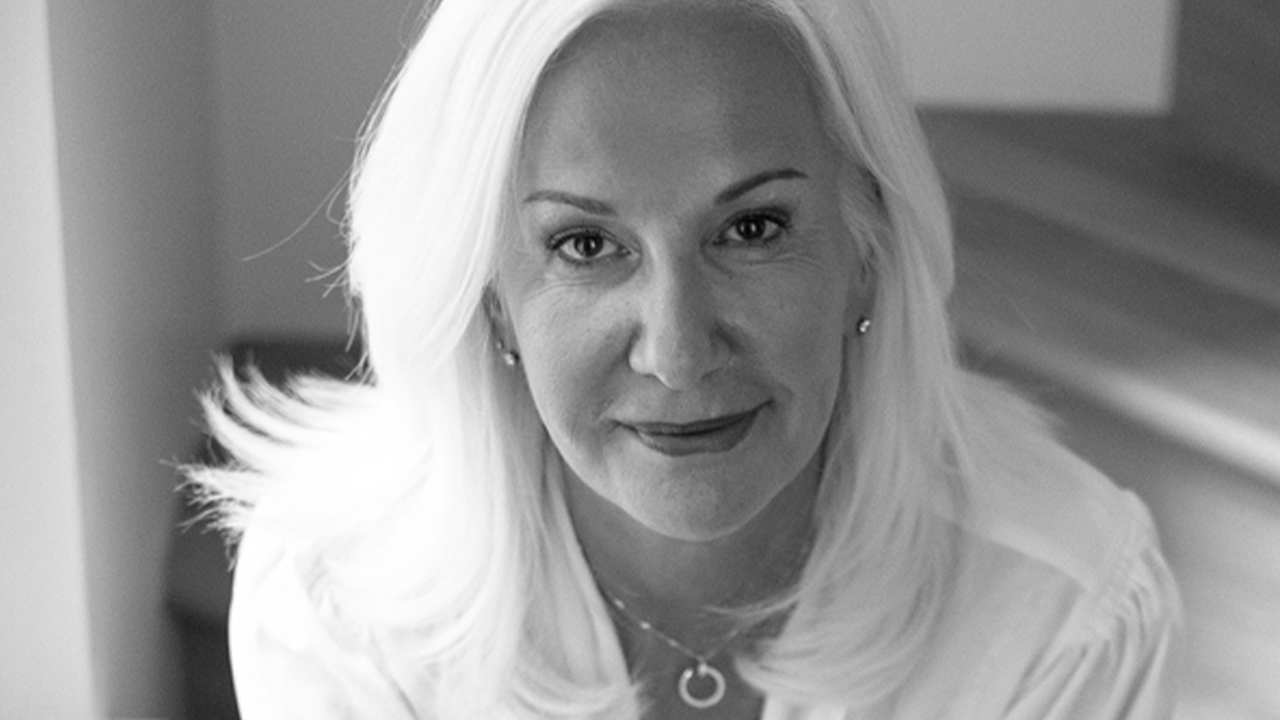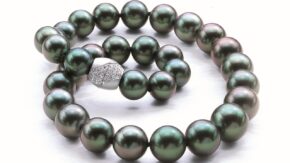This year, we commemorate the 10th anniversary of the International Day of the Girl. The day, which falls on October 11, focuses on the need to address the challenges that girls face, and promotes girls’ empowerment and the fulfilment of their human rights.
In the last 10 years, there has been a greater focus on gender equality with more opportunities for girls to have their voices heard on the global stage. Yet, we continue to fall woefully short of where we need to be to achieve the United Nations Sustainable Development Goal (SDG) 5 by 2030. Simply put, we are not on track to achieve gender equality by the end of this decade.
A number of crises in recent years have caused further setbacks toward reaching our goal. These include the global pandemic, violent conflict, and accelerating climate change. These challenges have tested and even reversed the progress made in expanding women’s rights and opportunities. It has threatened the participation of women in industry and government, their incomes and the gains made through education.
There is an urgent need to accelerate progress. I strongly believe that cooperation, partnerships, and significant investments are essential to put us back on track.
The present reality
The current state of affairs does not look good. Here are some startling and heart-breaking facts from a recent report published by UN Women and the UN Department of Economic and Social Affairs (UN DESA):
- Achieving full gender equality could take close to 300 years at the current rate of progress.
- It will take 140 years for women to achieve equal representation in leadership positions in the workplace, and 40 years for the same to happen in national parliaments.
- Women have lost roughly $800 billion in global income due to the pandemic.
- Approximately 383 million women and girls will live in extreme poverty by the end of the year, compared to 368 million men and boys. Many more will have insufficient income to meet basic needs such as food, clothing, and adequate shelter in most parts of the world.
- Only 47% of data required to track progress on SDG 5 are currently available, rendering women and girls effectively invisible.
- These are sobering findings and should provide us with an even stronger call to action. It is clear that without action, the erosion of rights of women and girls will continue. A clear example of this is the current events in Iran, where a 22-year-old woman died in custody of the “morality police”, sparking outrage and protests in Iran and beyond.
We have a long road ahead and no time to lose. We need to recover lost ground and re-commit to efforts with renewed zeal and vigor.
A matter of values
I was fortunate to be raised, mentored, and guided by several strong and inspiring women. Looking back at my childhood, my grandmother stands out as a strong female presence – a young widow who raised three children largely through grit and resilience. I have a mom and dad and a younger brother that have always fully empowered me.
First in my family and then in my workplace, it was these women and men who taught me what I today know about justice, beauty, and the power of individual expression. It is through them that I have come to believe in our shared responsibility to act and strive toward a fair and equal world for all.
I am equally concerned and passionate about our planet and know that the accelerating climate crisis affects women and girls disproportionately. We cannot save the planet from the impending climate emergency without meaningful advances in women’s rights and gender equality. There must be a reason we call the planet Mother Earth!
What can be done?
The case for supporting women’s empowerment is particularly strong in the jewelry industry. Women drive demand for a vast majority of the world’s jewelry. Furthermore, in the rapidly growing ethical consumer movement, millennial and now Gen Z women and girls are driving consumer decisions toward products and companies that act consciously and protect their supply chains.
Women’s roles in the jewelry supply chain has been conditioned by existing gender disparities, skewing them towards lower skilled activities in which they are not fully rewarded or recognized. Public commitments by companies has been largely related to women in retail-facing operations and corporate leadership, and less toward lower-income roles. It is crucial to expand gender considerations to the entire jewelry supply chain.
The evident complexities in jewelry supply chains, and the fact that large parts of the upstream involve artisanal small-scale mining (ASM), make these efforts even more challenging. A significant portion of these workers are located in developing countries where low wages, poor working conditions and exposure to health and safety hazards are more prevalent. An estimated 100 million or more people work in or rely on ASM. The majority of ASM communities are found in sparsely populated, rural, and often remote regions.
Best practices suggest that development programs in the ASM sector need to tackle gender inequality as a cross-cutting issue. It should be an integral dimension of the design, implementation, monitoring, and evaluation of ASM development policies and programs. ASM sector programing should aim to:
- Reduce gender disparities by enabling women and girls access to, control over, and benefit from resources;
- Reduce gender-based violence in and around mine sites; and
- Empower women and girls economically, socially, and politically
For really meaningful progress, the private and public sector will need to collaborate and place women and girls at the center of all aspects of decision making, including through gender-responsive laws, policies, and budgeting. We need a truly multidimensional and multi-sectoral approach. That’s why I so strongly believe in partnerships. Within the Watch & Jewellery Initiative 2030, inclusiveness is a key pillar from which we want to make a real impact. Gender equality is at the heart of this pillar.
Personal experience
I started in the jewelry industry about 20 years ago. It was an entirely new environment, coming from a stock market technology company. I was at a family-owned business, which gave me a head start that was essential and immensely empowering at that stage of my career. Based in Antwerp, I got the chance to visit operational sites in countries as diverse as South Africa and India, while raising a five-year old son. The industry was clearly changing at an accelerated pace.
I feel lucky to have received the opportunity and mentorship that I received. However, that has not been the experience for women across so many different industries and organizations. It wouldn’t be a stretch to say that back then, in the year 2000, the gender ratio in our industry, especially at higher levels of management was very skewed. I would visit sites in China and India and see many women working on the manufacturing floor, but unsurprisingly their input thinned out as you went up the management chains. I was brought up with a strong work ethic and a value system that taught me to push my boundaries. I learnt that the path to real growth was neither linear nor smooth, and sometimes, despite one’s best efforts, things don’t turn out as one wants them to.
Today, I find myself becoming increasingly vocal about inequality and injustice. Like most women, I have had my share of sexism and have encountered people who don’t share the same principles of gender equality that I hold. However, I have also had mentors and role models at every step of my professional and personal journey. Men and women, from both inside the industry and elsewhere, who continue to inspire and renew my faith in the principles of human dignity and the transformative power of collective effort.
At present, I am grateful to work with such inspiring C-suite leaders to build our initiative. I am committed to continue to be an advocate for gender equality and to work closely with our members and key stakeholders to find meaningful opportunities that accelerate our impact on this topic.
A call for action?
I am calling on our industry leaders and stakeholders to join forces and accelerate efforts to make gender equity a reality for all. We know that the origins of these challenges are structural and centuries old. Therefore, we need approaches and solutions that are also systemic to achieve comprehensive and long-term results, leading to both structural, and cultural transformations. Join our initiative and work closely together to drive the change that is needed.
Despite the recent setbacks, there is cause for hope. The world is home to over 1.1 billion girls under the age of 18, and they are poised to become the largest generation of female leaders, entrepreneurs, and change-agents the world has ever seen. There are countless examples of women around the world who are assuming leadership, and taking destiny into their own hands to inspire us all. It is time for us all to invest in a future that believes in the agency, leadership, and potential of girls everywhere.
I will conclude with inspiring words from a young woman, Malala Yousafzai, who stood up to the insurmountable and daunting challenges facing her, and now continues to inspire countless women and men around the globe: “I raise up my voice — not so that I can shout, but so that those without a voice can be heard. We cannot all succeed when half of us are held back.”
To learn more about the Watch and Jewellery Initiative 2030 please visit https://www.wjinitiative2030.org/
Image: Iris Van der Veken. (Watch and Jewellery Initiative 2030)



